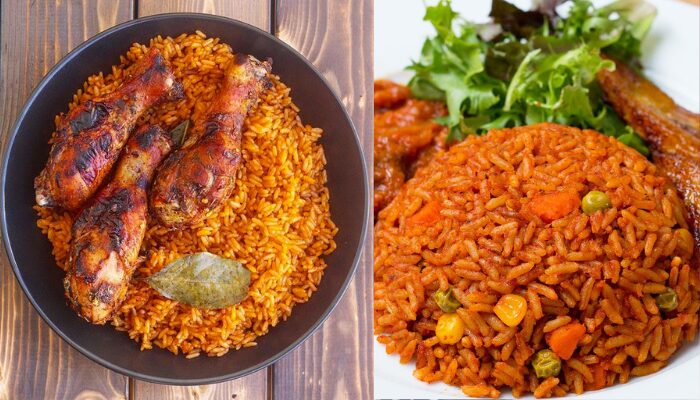As Nigeria heads into the festive season, all signs point to one question that matters to every home — how much will a plate of Jollof rice cost in December? The latest SBM Jollof Index Q3 2025 offers a sobering preview. While official numbers suggest food inflation is easing, the reality in local markets tells a different story.
According to SBM Intelligence, the National Average Jollof Index, which measures the monthly cost of ingredients needed to cook a standard pot of Jollof rice for a family of five, declined slightly by 3.17% in Q3 2025. Prices fell from ₦27,528 ($18) in June to ₦26,656 ($18) by September 2025. But this drop, described as “technical,” offers little real relief to households already strained by insecurity, poor logistics, and rising living costs.
Experts warn that the temporary price moderation was largely seasonal, tied to early harvests rather than structural improvements in supply or security. In plain terms, the little relief consumers saw in September is unlikely to last through the end of the year. With demand traditionally spiking in December and with persistent challenges across food-producing regions, prices are expected to rebound sharply.
The report highlights that the apparent inflation slowdown was partly caused by a rebased Consumer Price Index, which changed the reference year for official inflation calculations. This adjustment made the numbers appear better on paper, but it failed to capture the ongoing strain on household budgets. In reality, food prices remain high, particularly in cities like Kano, where insecurity and logistics breakdowns continue to drive costs upward.
Field data paints a fractured picture. In Bauchi, local harvests led to a sharp 15% price drop, while Kano saw a 6.83% rise, with a devastating 10.86% month-on-month food inflation in July alone. Port Harcourt, despite being a port city, recorded a slight increase of 1.84%, as poor road conditions and transport costs eroded any advantage from imported goods.
The biggest burden, the report notes, is the “price risk premium”—an invisible tax embedded in food prices due to insecurity, extortion at checkpoints, and logistics costs. Traders routinely add 20–30% to the cost of goods to cover these risks. It is this structural cost, not global price shifts, that keeps Nigeria’s Jollof pot expensive.
With over 30.6 million Nigerians at risk of acute food insecurity, the Q3 moderation offers only statistical comfort. The combination of unresolved conflict in key agricultural zones and the expected surge in holiday demand could easily push the Jollof Index back above ₦30,000 before year’s end.
Unless the government urgently addresses food supply security and transport bottlenecks, Nigerians could find that a single pot of Jollof becomes even more costly to prepare by December.
Get passive updates on African tech & startups
View and choose the stories to interact with on our WhatsApp Channel
Explore




